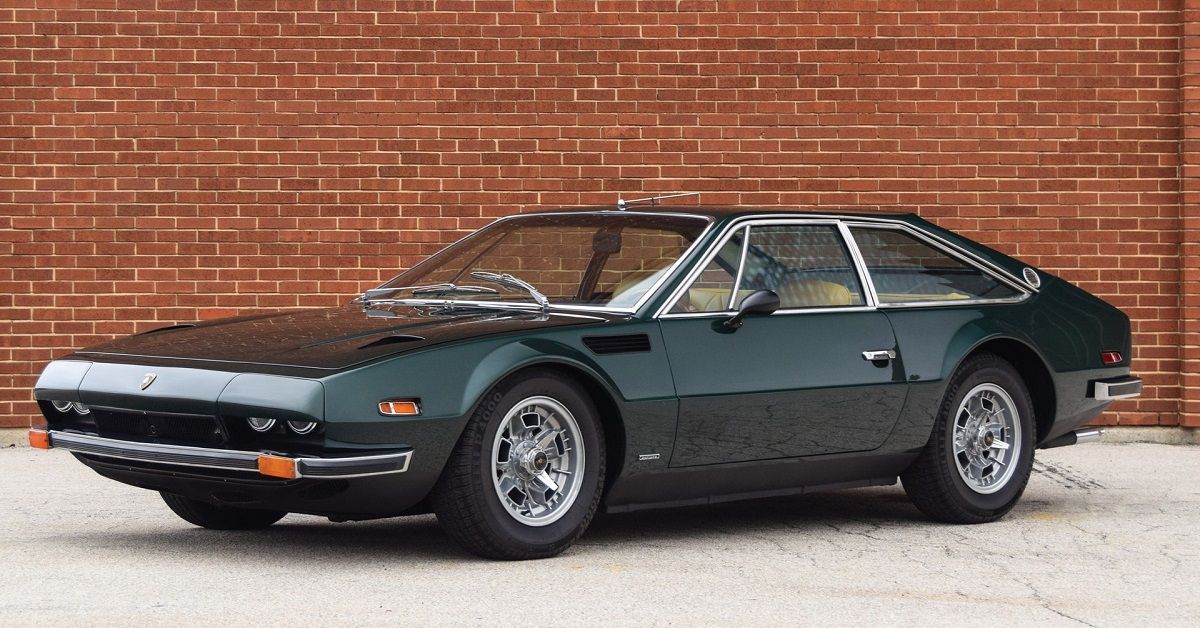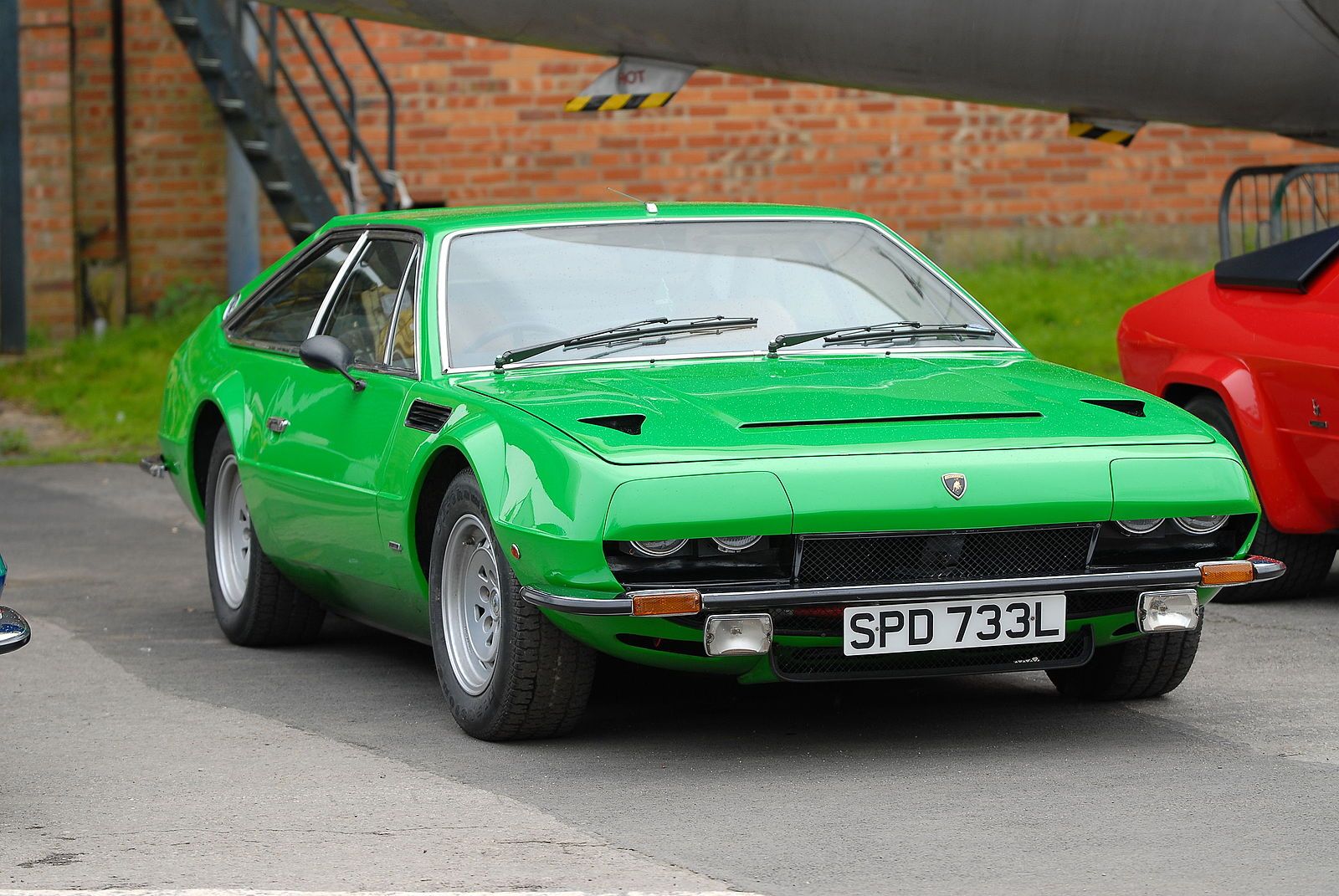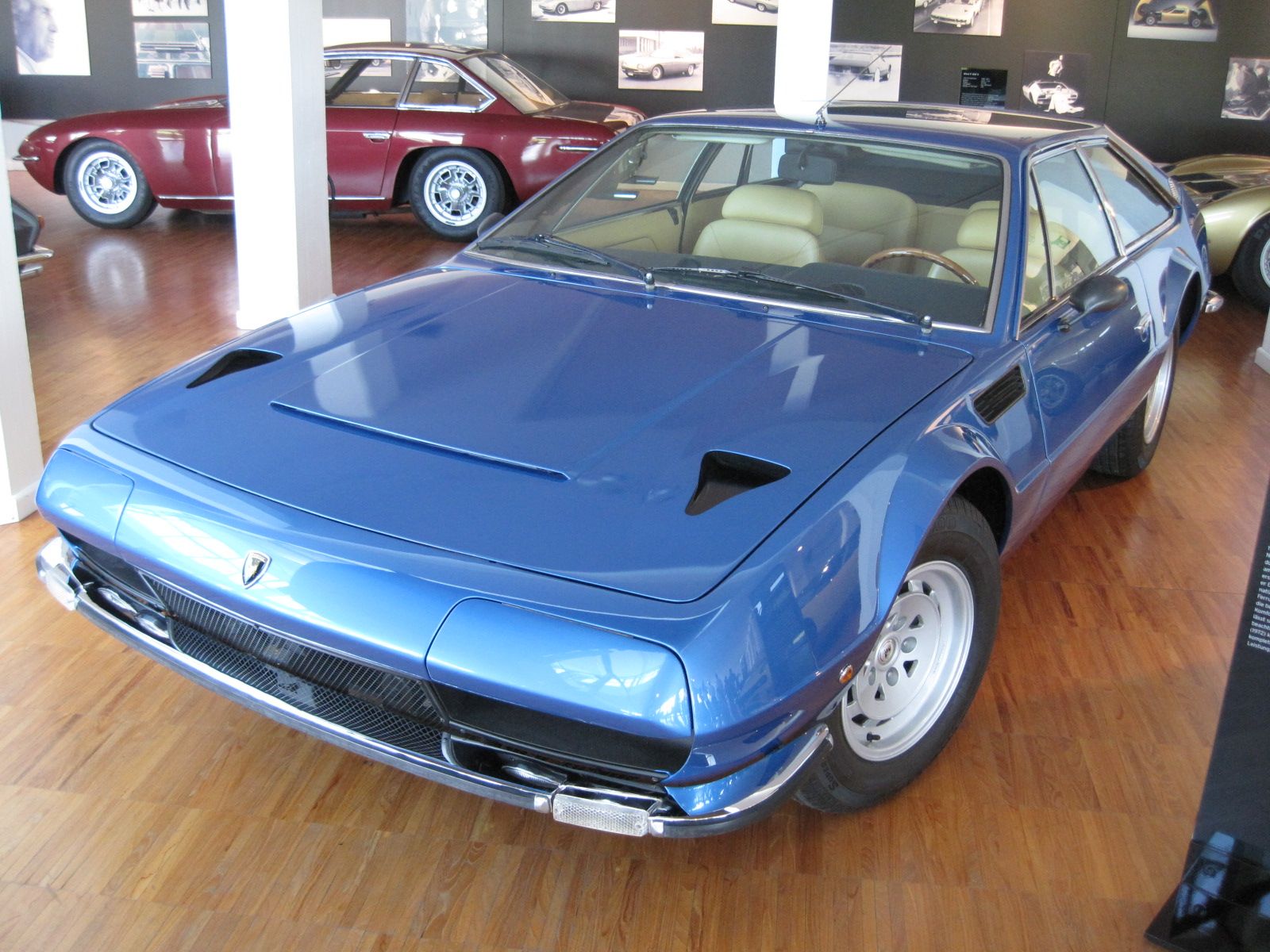Lamborghini is famous for some seriously out-there supercars. Ones with bold looks and the performance to match. You had the likes of the iconic Gandini-designed Countach in the '70s, a car that still looks as crazy today as it did when it launched. Then there was the Murcielago in the early 2000s, with its gull-wing doors, protruding exhaust pipes, and glorious V12. Really, the list could go on.
What Lamborghini isn't particularly well known for, however, is grand tourers. And there are good reasons for this since there are currently none in the company's lineup and there hasn't been for many decades now.
But, before the era of crazy supercars came along, Lamborghini was actually pretty well versed in the GT world, with a string of cars throughout the '60s and '70s. The last GT car to be produced was the Jarama in 1970, which is a car that remains fairly obscure in the history of Lamborghini, especially since there were only 328 models built during its 6-year production run.
So, given how rare and relatively unknown the car is, let's take a detailed look back at the Lamborghini Jarama.
The History Behind The Lamborghini Jarama
At the time of the Jarama’s launch in 1970, Lamborghini was well versed in the world of GT cars. In fact, the first car developed by Lamborghini in 1964 was a grand tourer named the GT 350. And in between that and the Jarama launching, there were three other GT cars produced. This seems odd to think of now, given the only car you can have in Lamborghini's current lineup that isn't an all-out supercar is the Lamborghini Urus — even though, admittedly, it still performs like one.
The Jarama was developed as a replacement for the Lamborghini Islero and would sit alongside the Espada — providing two options of cars, one larger, one smaller. Initial prices for a Jarama were around $23,500 dollars for the earlier GT model, while the later GTS version came in at $29,900 — which, accounting for inflation, equals $155,000 or $187,000, respectively. So it certainly wasn't cheap.
A Detailed Look At The Lamborghini Jarama
But the Jarama was built for speed, comfort, and luxury — as any good GT car should provide — so this was always going to come at a cost. Earlier GT models, which ran from 1970 to 1973, came with a front-mounted V12 with a 4.0 displacement and six Weber carburetors. This meant the Jarama GT had 350 bhp and 289 lb-ft of torque, resulting in a 0-60 time of 7.2 seconds and a top speed of 162 mph.
The later GTS version, which ran from 1972 to 1976, featured the same V12 engine only power was increased to 365 bhp. According to Motor Authority, the GTS model also came with a transverse air intake on its hood as well as two air outlets behind the front wheel wells. Zero to sixty could be achieved in 6.8 seconds, and its top speed was now increased to 165 mph. Both versions also came standard with a five-speed manual gearbox as well as an optional three-speed automatic.
And while the Jarama was certainly no slouch when it came to straight-line performance — especially when you take into account the era it was born in — Lamborghini also paid attention to how it went around corners, too. It received an updated chassis over its predecessors, along with disk brakes all round and four-wheel, independent double-wish bone suspension.
Styling was handled by Marcello Gandini, who was the former head of design at Bertone — a man responsible for some serious automotive icons like the Lamborghini Diablo or the Miura, to name a few. The Jarama had boxy, angular design lines and a wedge-like shape that was typical of '70s styling. Really, it was pretty subtle, especially by Lamborghini's usual out-there standards. Its looks, however, have divided opinion over the years, with some arguing that its appearance wasn't too dissimilar from your average '70s hatchback.
The earlier GT model also came with 15-inch Campagnolo magnesium wheels, while the later GTS model received updated alloy wheels. Just like the bodywork, both options were fairly subtle, which only added to the Jarama's understated aesthetic. Both cars did, however, feature quad exhaust pipes, which was arguably the only similarity between it and the other bold Lamborghinis of that era.
On the inside, the Jarama was designed to be luxurious, comfortable and practical. Upholstery was made from premium leather, and the interior was designed to be spacious, with room in the back for two additional passengers. With the later GTS model, the front seats were redesigned to allow for greater room in the back, too, along with an improved dashboard system fitted. The boot was respectably sized, also, meaning the car ticked all the right boxes to be a fully-fledged grand tourer.
Ultimately, the Jarama represents one of the most-forgotten cars in the history of Lamborghini, having been overshadowed by all of its quicker, bolder, and more-desirable siblings. Regardless of this, though, it represents an important part of the company's history, a time when its priorities weren't just crazy-fast supercars and SUVs.



